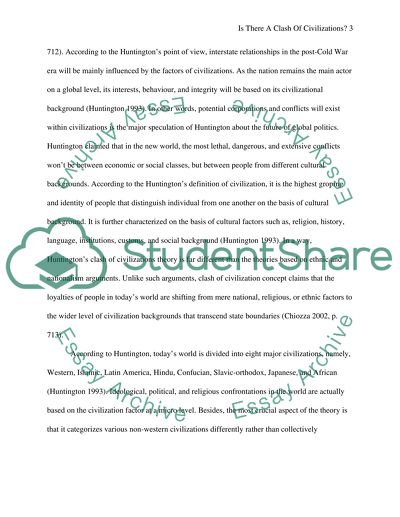Cite this document
(“Culture and public policy Essay Example | Topics and Well Written Essays - 2250 words”, n.d.)
Culture and public policy Essay Example | Topics and Well Written Essays - 2250 words. Retrieved from https://studentshare.org/social-science/1660972-culture-and-public-policy
Culture and public policy Essay Example | Topics and Well Written Essays - 2250 words. Retrieved from https://studentshare.org/social-science/1660972-culture-and-public-policy
(Culture and Public Policy Essay Example | Topics and Well Written Essays - 2250 Words)
Culture and Public Policy Essay Example | Topics and Well Written Essays - 2250 Words. https://studentshare.org/social-science/1660972-culture-and-public-policy.
Culture and Public Policy Essay Example | Topics and Well Written Essays - 2250 Words. https://studentshare.org/social-science/1660972-culture-and-public-policy.
“Culture and Public Policy Essay Example | Topics and Well Written Essays - 2250 Words”, n.d. https://studentshare.org/social-science/1660972-culture-and-public-policy.


